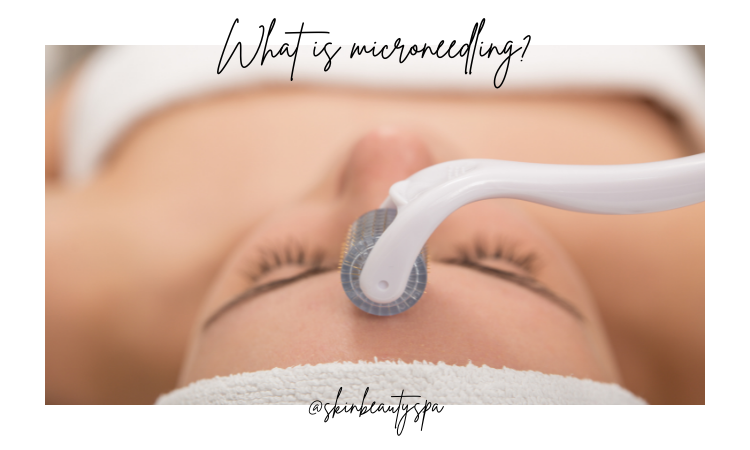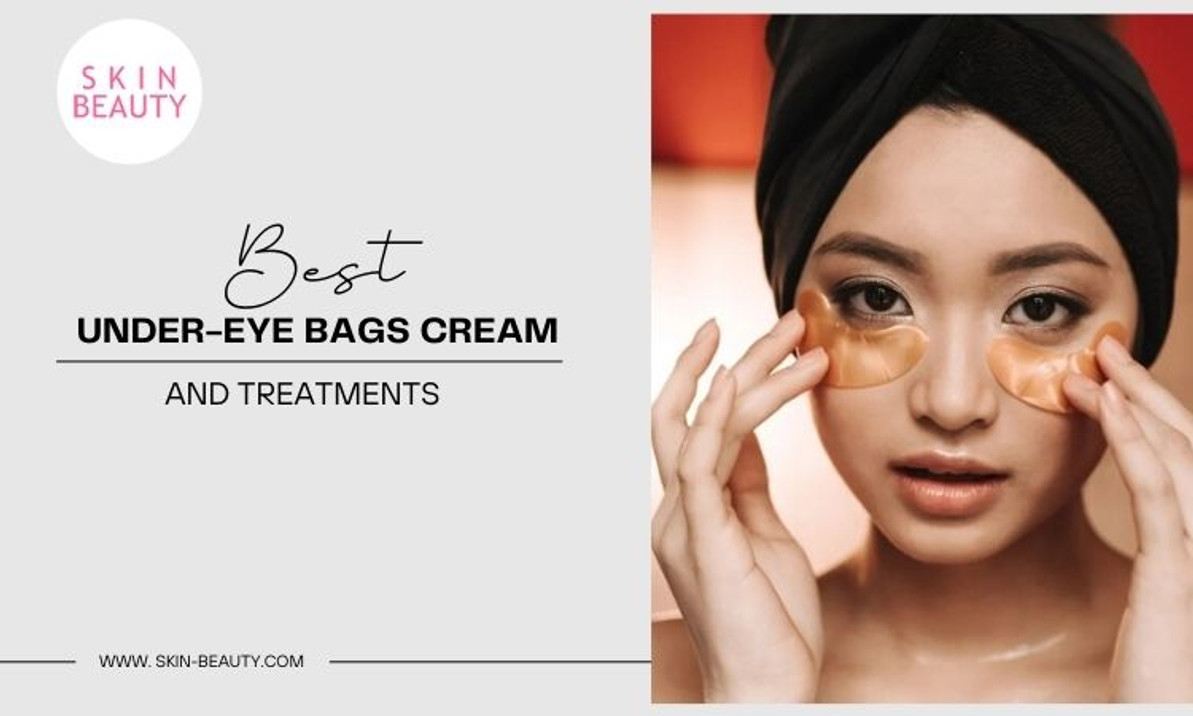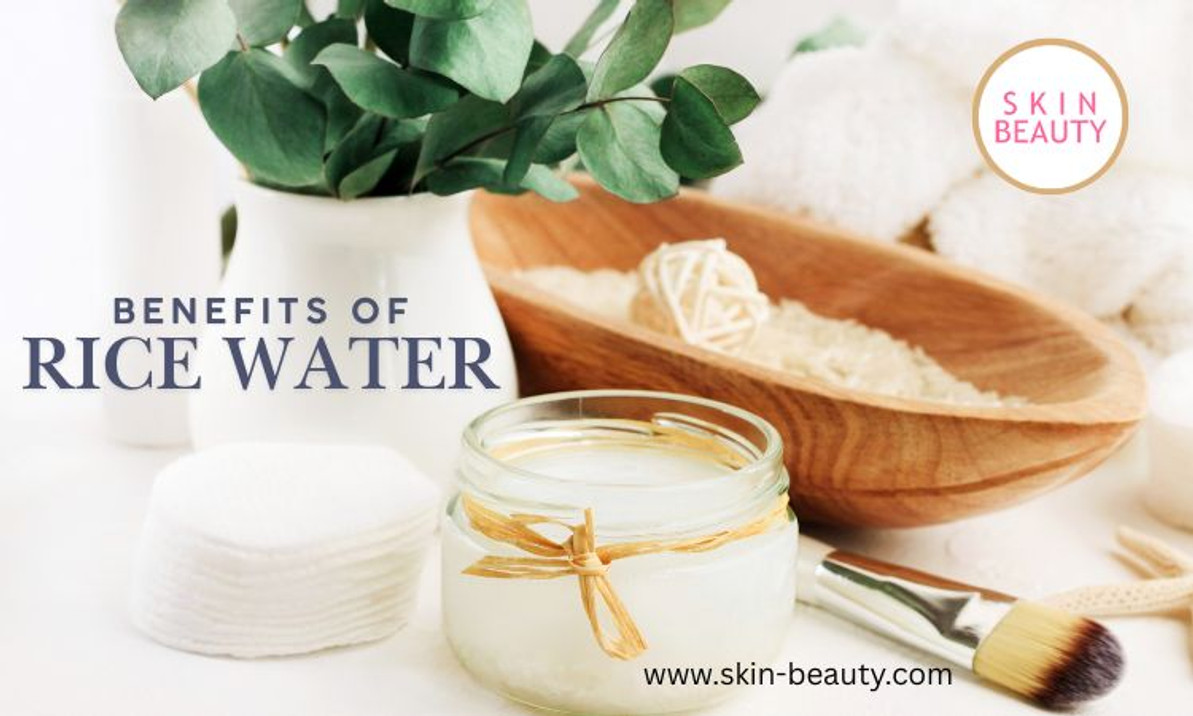Microneedling with hyaluronic acid or niacinamide serum FAQs
What is microneedling with hyaluronic acid or niacinamide?
Microneedling is a dermaroller procedure that uses tiny needles to prick the skin. The treatment aims to generate new collagen and skin tissue for smoother, firmer, more toned skin. Microneedling is usually used on the face and may treat various scars, wrinkles, and large pores. The entire prep and procedure time is around two hours. You'll want to see a board dermatologist, plastic surgeon, or cosmetic surgeon for this procedure. In some states, an esthetician may also be able to perform a microneedling procedure. You will likely want at least four procedures for the best results. Microneedling can cost from $100 to $700 per session, depending on where you go. The cost depends on the size of the area needing the treatment. Unfortunately, it's not covered by insurance. Microneedling is a standard minimally invasive procedure used to treat skin concerns by stimulating collagen production. Also known as collagen induction therapy, it helps those looking to reduce the appearance of acne scars and stretch marks. It's also used in specific anti-aging procedures, such as eyelid surgery and sunspots. Even though more research is needed, studies have shown the potential benefits of microneedling for promoting hair growth. You may be ideal for this procedure if you're in good health and have specific skin concerns that haven't responded to at-home treatments or other dermatologic procedures, such as peels. Microneedling may be the last step before considering cosmetic surgery for anti-aging and other concerns.

What is hyaluronic acid?
Hyaluronic acid is an excellent moisture-binding ingredient that helps keep skin plump and hydrated. And it's something our bodies naturally produce, which makes this natural product a go-to for those looking for hydration in their skin. In addition, it acts as a humectant that helps skin retain moisture while keeping it plump and hydrated. Some studies have shown that hyaluronic acid helps improve collagen production, fight free radicals, maintain skin elasticity, and provide antibacterial and anti-inflammatory properties that help with wound healing. The average human body contains about 15 grams of hyaluronic acid. But, one-third of that gets degraded and synthesized daily. As we age, we also produce less and less, so many anti-aging products contain hyaluronic acid. Plastic surgeons and board-certified dermatologists often inject hyaluronic acid into recessed areas of skin to plump it up, but you don't need injections to reap its benefits. Instead, choose a serum or moisturizer that contains hyaluronic acid, also commonly listed as sodium hyaluronate.

What is niacinamide?
Niacinamide is a water-soluble version of vitamin B3 that the body uses to produce energy. It can be found in various grains, meats, and dairy products, as well as being an ingredient for skincare products such as anti-aging or acne treatments because it helps strengthen your skin's moisture barrier against external stressors like pollution UV exposure, harsh elements, etc., which leads us topically using niacinamides for strength here on out. It also increases the skin's antioxidant capacity, allowing it to resist damage or irritation caused by these environmental stressors.

What is the best skincare product to use for mirconeedling?
The Le Mieux ISO-Cell Recovery Solution is an excellent option for those looking to hasten the healing process and increase penetration of their microneedling solution. If you wonder what products will help your skin after this treatment, follow it up with either NeoGenesis Booster or Shir-Radiance Corrective Rx Ultrapure Hyaluronic Acid Serum. It's recommended that patients wait five hours before applying anything else onto affected areas until all ingredients have been absorbed into pores; then, apply AnteAGE Serum alongside AnteAGE Accelerator or a moisturizer. Do not forget sunscreen to keep wrinkles at bay - also preserve skin.

Can you mix hyaluronic acid and niacinamide?
If you were wondering if you can use niacinamide with hyaluronic acid in the same skincare routine, the good news is that you can. While niacinamide and hyaluronic acid offer benefits for the skin, layering them in the same skincare routine, you'll gain the help of these effective skincare ingredients.
What are the benefits of microneedling with niacinamide or hyaluronic acid?
Microneedling is a great way to rejuvenate your skin. It can treat minor scarring-related acne, wounds, and aging as well. After multiple sessions with this technique, you'll also notice a brighter-looking smoother healthy glowing complexion. Microneeding works much better than at-home rollers, so don't hesitate if you're looking for something more practical.

What are the side effects of microneedling with niacinamide or hyaluronic acid?
Microneedling is minimally invasive, requiring no downtime, and considered safe for most people in good health. However, the procedure isn't safe for people who use certain acne medications or for women who are pregnant. In addition, you'll experience minor redness and irritation for a few days after the procedure. However, like all cosmetic procedures, microneedling isn't without some risk. The most common side effect is minor skin irritation following the process. You may also be red for a few days. Speak with a doctor if you notice more severe side effects, such as bleeding, bruising, infection, or skin peeling. You may not be a great client for microneedling if you are pregnant, have skin diseases like psoriasis or eczema, have open wounds, or recently had radiation therapy.
At what age should you get a microneedling treatment?
The best time to start this type of treatment is in your 20s, or 30's so that the boost in collagen production will be more significant, and you can train your skin on how often it needs to produce, keeping wrinkles at bay.
What is collagen in skincare?
Collagen is an abundant protein that accounts for 90% of human structural proteins. It's made primarily from amino acids such as glycine, proline, and hydroxyprolines, forming three strands to create its triple-helix structure. Collagen is a structural protein that provides vital assistance to tissues. It can be found in connective tissue, skin, and bones, among other places. Connective-tissue cells called fibroblasts produce it while maintaining your body's integrity by helping with cellular processes like repair or immune response because they're so essential for everyday functioning. However, as people grow older, their collagen becomes fragmented, fibroblast function becomes impaired, and collagen production slows. As a result, the body's ability to produce elastin and collagen is lost with age, causing sagging skin that wrinkles easily.

Recent Posts
-
Best Under-Eye Bags Cream and Treatment
Best Under-Eye Bags Cream and Treatment Do you have the dreaded under-eye bags that make you lo …Apr 14th 2025 -
Rice Water for Skin Benefits
Rice Water for Skin Benefits Rice water for skin has become a viral beauty trend that is suppos …Apr 4th 2025 -
Natural Remedies for Anxiety
Natural Remedies for Anxiety Everyone experiences anxiety symptoms every now and then. We live …Mar 28th 2025




